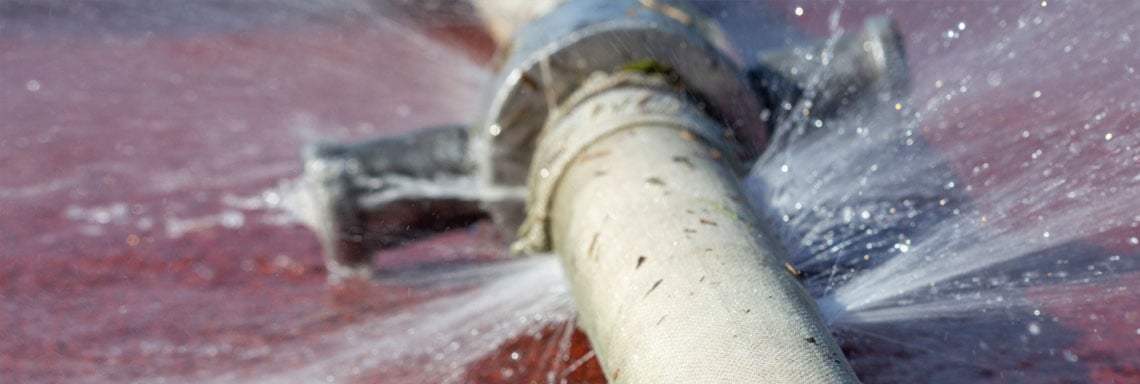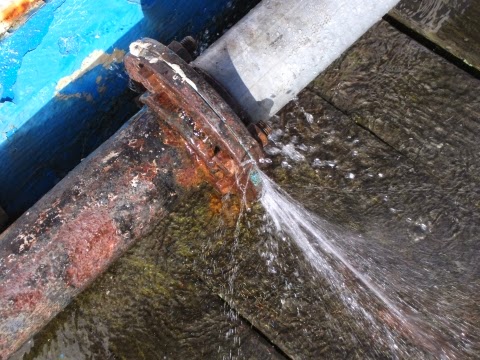From Detection to Correction: A Fast Approach to Handling Burst Pipes
From Detection to Correction: A Fast Approach to Handling Burst Pipes
Blog Article
They are making a number of great annotation about What to Know Before Installing a Dishwasher overall in the content below.

A ruptured pipeline is a major emergency; you can just stand as you watch water you pay very much to rejoin with the earth. In worse instances, you observe a swimming pool on your kitchen flooring, which is a wonderful trip risk, specifically if you have children around. If the pipe that ruptured remained in your walls, problem: you might require to repaint that whole area.
How can a calamity like a burst pipeline be protected against and also managed? Well, by listening to your specialist emergency plumbing professionals and complying with these policies.
Just how do I know when my pipes have burst?
Changing water stress
Pipelines do not just burst in a day. You may have discovered that your kitchen area faucet or shower does not run immediately when you transform the tap. It might stop briefly for a couple of secs and then blast you with more force than typical.
In other circumstances, the water might appear regular in the beginning, after that decrease in stress after a couple of secs.
Damp wall surfaces and also water discolorations
Prior to a pipeline ruptureds, it will certainly leakage, the majority of times. If this relentless dripping goes undetected, the leakage might finish into a large tear in your pipeline. One very easy method to avoid this emergency is to look out for wet walls ad water stains. These water stains will lead you right to the leakage.
Puddles under pipelines and also sinks
When a pipeline ruptureds, the outflow forms a puddle. It may show up that the pool is expanding in dimension, as well as regardless of the number of times you wipe the puddle, in a few minutes, there's another one waiting to be cleaned. Typically, you may not be able to trace the puddle to any kind of noticeable pipelines. This is an indication to call a professional plumber.
Untraceable trickling sounds
Pipeline ruptureds can occur in one of the most unpleasant places, like within concrete, inside walls, or under sinks. When your house goes quiet, you might be able to hear an annoyingly relentless trickling noise. Even after you have actually examined your shower head as well as kitchen area tap, the trickling might continue.
Dear viewers, the dripping might be originating from a pipeline inside your wall surfaces. There isn't much you can do regarding that, except inform a professional plumber.
Shut off the Water
When water ices up, it broadens in volume by about 9 percent. And also it broadens with remarkable pressure: The stress inside pipes might go from 40 extra pounds per square inch to 40,000 psi! No pipe can hold that much stress, so it breaks open. The break may take place where the ice types, but more frequently, it takes place where water pressure locates a vulnerable point in the pipe. That might be inches or even feet from the icy area. Locate the water shutoff valve as well as switch off the water to avoid more damages. You might additionally need to shut off the electrical energy too, depending upon where the leaks takes place and just how huge it is.
Infected water
Lots of people presume a ruptured pipe is a one-way electrical outlet. Quite the contrary. As water spurts of the hole or gouge in your plumbing system, impurities discover their method.
Your water may be infected from the source, so if you can, examine if your water storage tank has any kind of issues. Nonetheless, if your drinking water is provided and detoxified by the city government, you must call your plumber immediately if you see or scent anything funny in your water.
What do I do when I find a ruptured pipe?
Your water meter will certainly remain to run even while your water wastes. To decrease your losses, discover the major controls and transform the supply off. The water pipe are an above-ground structure beside your property.
How to Fix & Detect a Leaking Pipe
How Do I Know if a Pipe is Leaking?
Leak detection tests can help you determine if your pipe has a leak. Even if you don’t see an apparent leak, you should still conduct leak detection tests regularly to save water and money—and prevent major damage to your home.
Water meter. It can be helpful to figure out what your usual water meter usage numbers are and then monitor them regularly. To monitor your meter, first, turn off all water faucets in your home. Check the meter and write down the numbers. In a few hours, check the meter again. If the numbers have changed, you have a leak. Water gauge. Use a water gauge to test your water pressure. Your showerhead should produce a certain amount of water pressure based on its model and design. If the pressure is lower than it is supposed to be for that specific showerhead, your home likely has a leak. Puddles. Look inside your bathroom, laundry, and kitchen sink cabinets. Puddles around the cabinets or around toilets, tubs, showers, and washing machines indicate the presence of a leaking pipe. You may also notice loose tiles, peeling or flaking paint, or mold caused by water accumulation. Napkin test. Even if you don’t see any puddles, you may still have a leak. You can test for water leaks in the bathroom, laundry, and kitchen by wiping below-sink connections with a napkin, paper towel, or piece of toilet paper. If it becomes damp, you probably have a leaking pipe under the sink. Discolored walls. Walls that are discolored—usually with brown or yellow stains—or bulging might mean that they have been impacted by water damage caused by a leaking pipe. Smell. A leaky pipe will create sitting water, and over time, that water may develop a musty smell. If your home smells musty, but you can’t locate the source, it may be due to a leak. Steps for Fixing a Leaking Pipe
A leaky drain can be remedied by tightening the pipe base, replacing the drain seal, caulking the rim, and tightening the pipe nut. Similarly, a leaking toilet pipe can be treated by tightening the packing nut. You may also need to replace the valve. A leaky faucet may just need tightening or replacement of the washers. If that doesn’t work, consider replacing your faucet. If your pipe has a hole in it, you may want to use a pipe leak sealer or pipe leak tape. This quick fix for water pipe leaks can also temporarily fix a copper pipe leak. https://www.ahs.com/home-matters/quick-tips/how-to-tell-if-pipes-are-leaking/

As an enthusiastic person who reads on What to Know Before Installing a Dishwasher, I imagined sharing that piece of content was a smart idea. I beg you take a moment to promote this blog posting if you enjoyed it. I love reading our article about How to Install and Connect a New Dishwasher.
Book Today!
Report this page